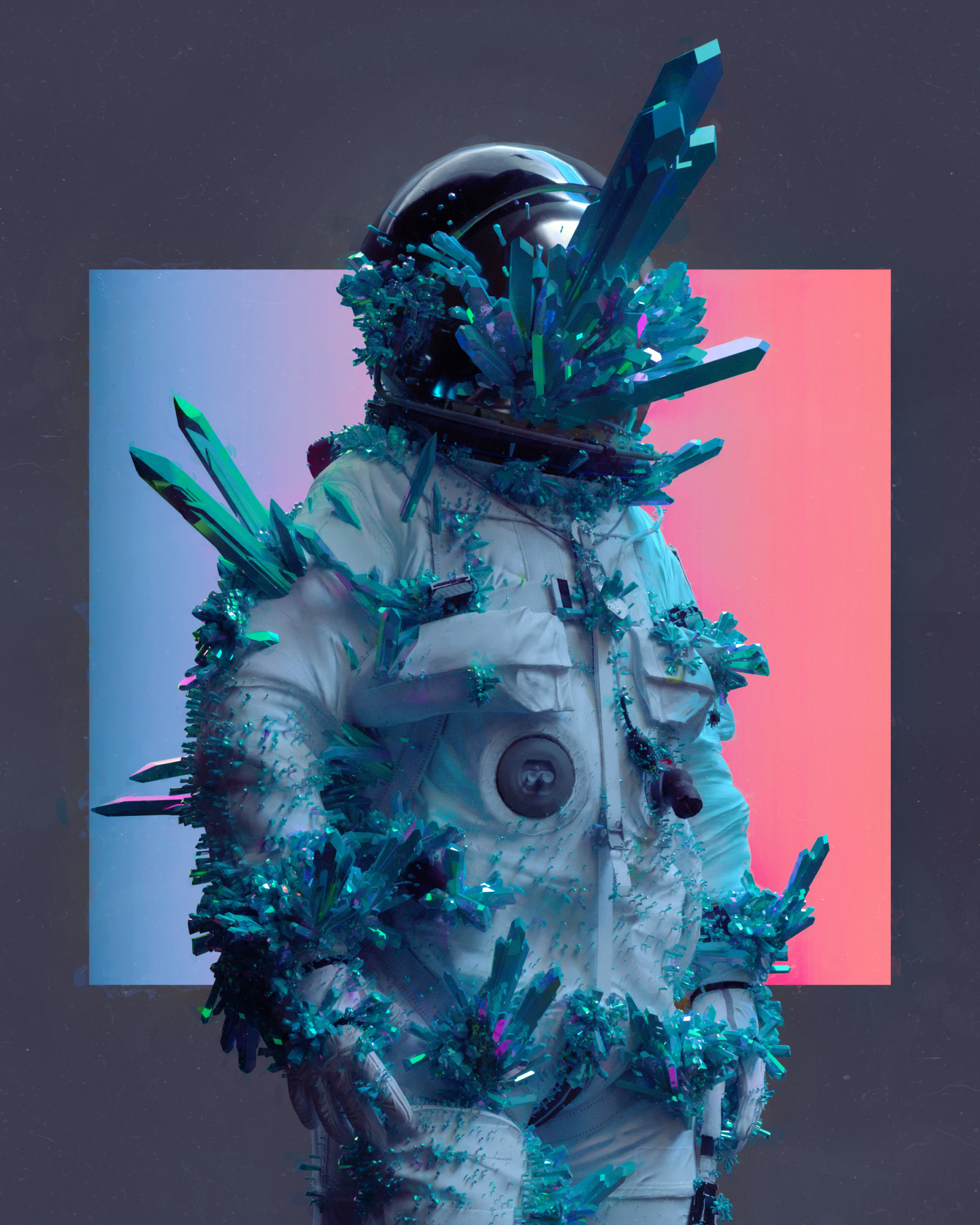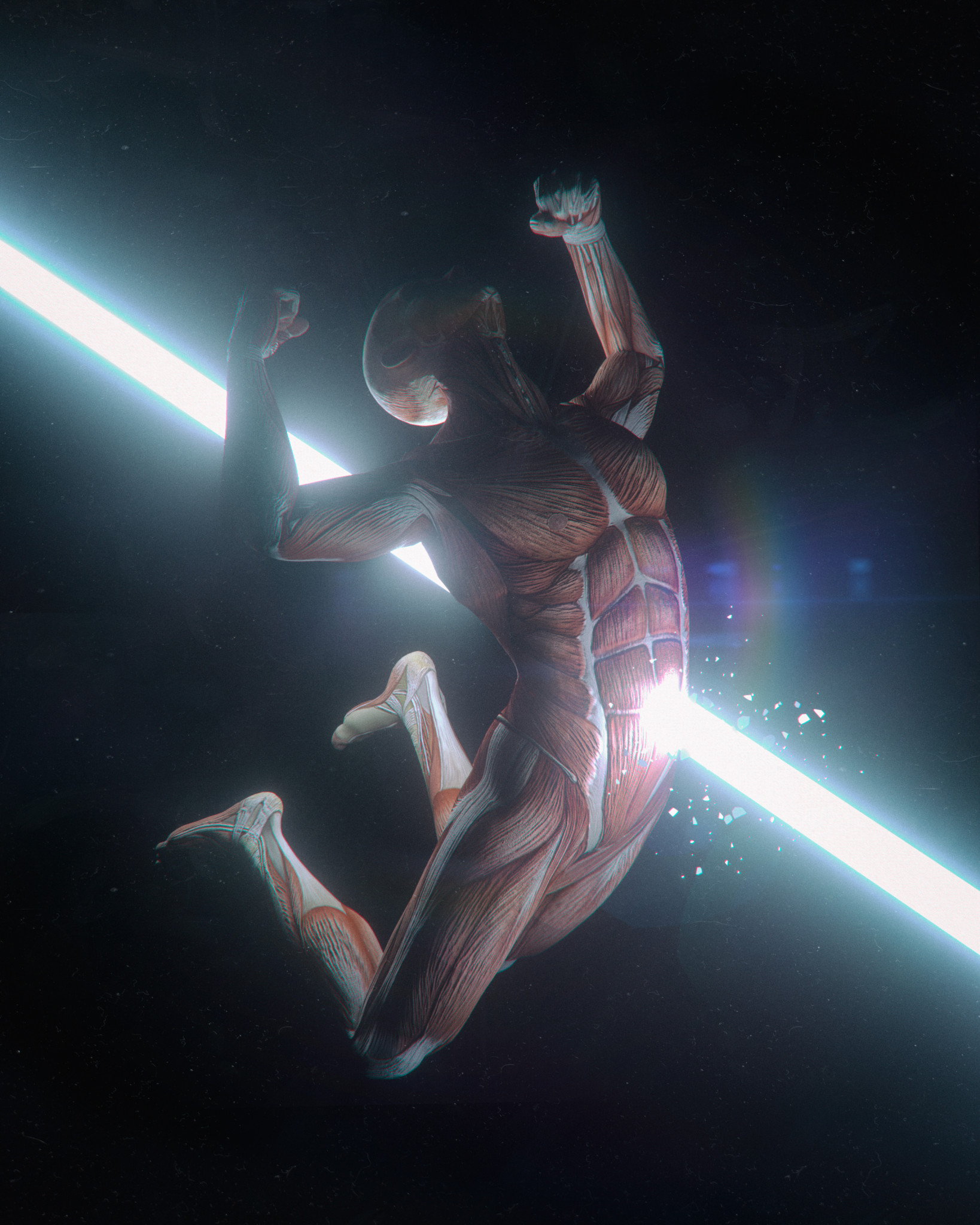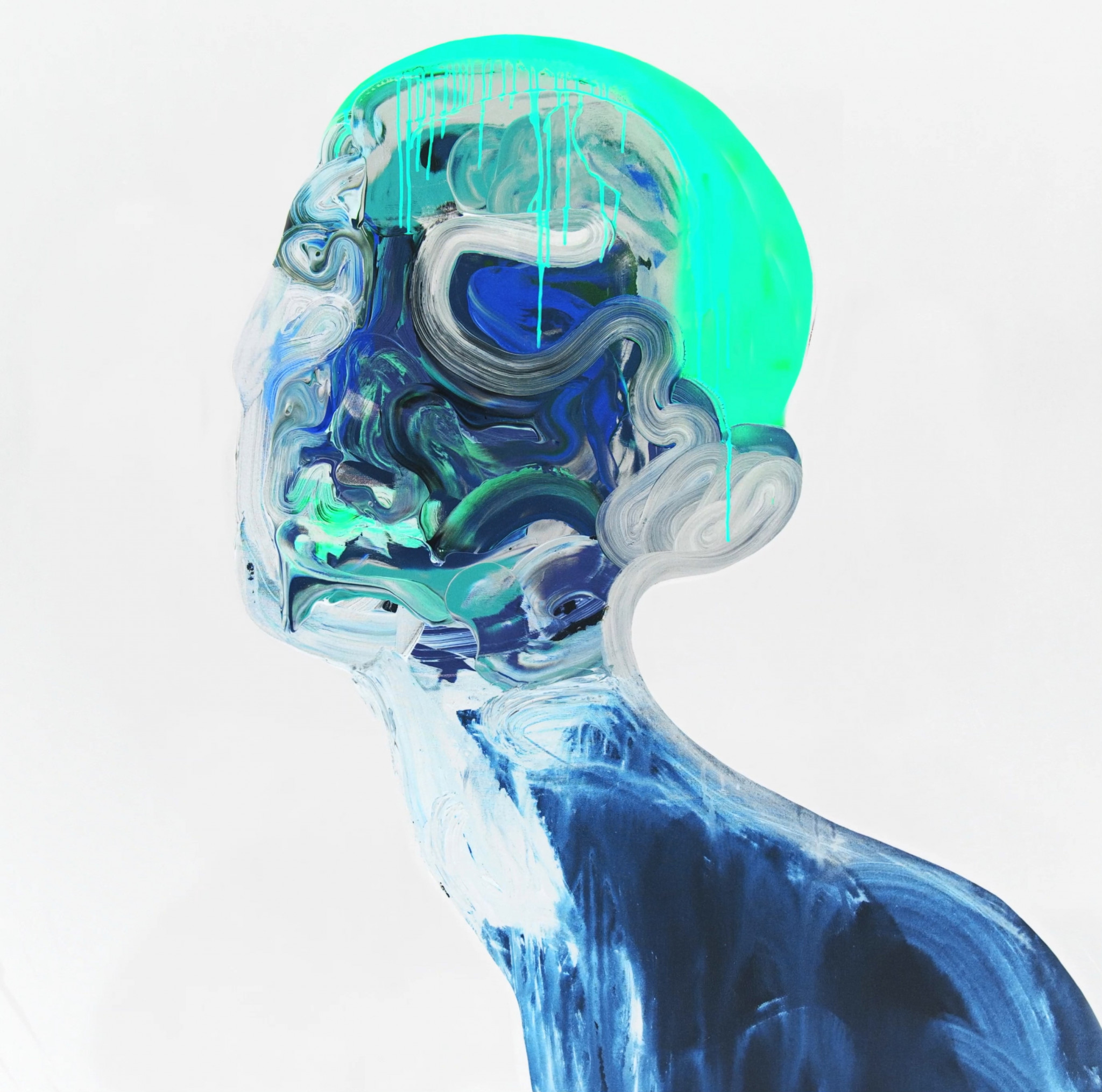Crypto Dynamite
Whether you understand it or not, the term ‘NFT’ has been inescapable of late. This relatively new technology has boomed in recent months, but remains somewhat of a mystery to those not au fait with developments in the world of crypto.
To put it as simply as possible, a ‘non-fungible token’ is a unique, exclusive digital asset. An artist will add a unique ‘signature’ to the digital artwork, known as ‘minting’. Whoever purchases this NFT, via an Ethereum transaction recorded on the blockchain, will be the sole owner of the artwork – the NFT establishing authenticity and proof of ownership for the digital piece, which was previously not possible. This allows digital artworks to be exclusively ‘owned’, much like one might own a physical painting or sculpture. Essentially, collectors are buying the sole signed digital artwork – often at a more accessible level compared to physical pieces.

For collectors experienced in real world transactions and artworks, this can seem new and scary; but NFTs are coming to the fore regardless. HOFA Gallery has been leading the way for art sales via cryptocurrency since 2018; and now has launched its own NFT programme, dropping a new release each Thursday. The gallery’s inaugural release was a digital work called ‘Red Flower’ by Chinese artist Zhuang Hong Yi.
“We’ve been working with him for almost a decade now, and he’s really boomed as an artist in the last five or six years,” says Elio D’Anna, the gallery’s founder. “He’s never done any prints; his works are very three-dimensional, sculptural wall pieces that change colour.
“We were always very much in the crypto space and we had the idea to release this, starting something for Zhuang that would become a digital version of his work.” The first NFT piece by Zhuang Hong Yi is a video animation of a work created exclusively for this release, which practically explodes out of the canvas, featuring a bespoke soundtrack. Within a 24 hour sale window, the piece sold for two Ethereums – at the time, equivalent to $4,000. “Zhuang sells canvases in the $30,000 to $100,000 mark. He’s never done anything so accessible.”

A second NFT release was a work by Czech artist Jan Kaláb, which was sold to “one of the most important crypto collectors in the scene, based in Hong Kong”. He spent 11.8 Ethereums on the digital piece – equivalent to $25,000. Since the release in March, the ‘fiat’ money value of the spent Ethereums has increased by over $1,000.
D’Anna believes that in a completely saturated online market, the world of crypto and NFTs is a new space in which to stand out and create opportunities for success. “This world, the new space, is really an untapped market. If you put your flag there, you will obviously have quite a bit of the market.”
Institutions in the art world are beginning to understand the potential in cryptoart, however. Christie’s auctioned the much talked about NFT release by digital artist Beeple, ‘Everydays: The First 5000 Days’, which sold for nearly $70 million to one of the largest crypto funds, Metapurse. It’s also set to launch its own programme of NFT releases.
Meghan Doyle, specialist from the auction house’s Post-War and Contemporary Art department, says that exclusivity is key to the attraction of NFTs. “Regardless of auction process or strategy, collectors will continually be compelled to compete for the rarest, most unique and exciting offerings. While Christie’s employed our historic 2-week online bidding period for the Beeple sale, there is great potential to explore alternative and innovative auction strategies designed to capture the attention and address the needs of this emerging collecting base.”
“Zhuang sells canvases in the $30,000 to $100,000 mark. He’s never done anything so accessible”
D’Anna explains that he sees HOFA’s NFT programme as being the gallery’s more accessible option, rather than offering prints from its roster of artists. “A lot of art galleries and artists are doing prints, but we saw a bit of a decline in prints,” says the gallerist. “With NFTs, it’s exciting to be able to offer something accessible, collectible, rare and original, which are all aspects intrinsically included in the NFT.” He says that there are countless benefits to entering the crypto space when it comes to collecting art – for the reasons above, but also as the emerging market is more egalitarian and there is already a secondary market for NFTs. “You can trade it all freely, privately and securely through various platforms; the artist receives an ongoing share; and we have collectors for it – so if you purchase a work and you ever want to resell, we have clients ready to buy.”
Accessibility is a key factor in why NFTs have created a new art market and investment space. Physical artworks, particularly those with the potential to increase in value, are hard to come by – particularly as you “must spend at least between $30,000 to $100,000 in order to invest seriously”, and “only a few collectors have access to certain galleries and artists whose work will appreciate greatly in value.” NFTs represent a more democratic way of acquiring art, less reliant on art world connections – particularly if you invest in an NFT fund, like the one that bought the Beeple work, or ARTCELS – D’Anna’s company that allows people to invest $1,000 minimum in a curated portfolio of works, for partial or shared ownership.

This month, HOFA hosts its first group NFT exhibition – the single largest of its kind so far. Pieces will be displayed on a huge super HD screen – though technology is rapidly accelerating, which in the very near future will allow for clear frames to live-stream NFT works via blockchain. Christie’s also sees the potential NFTs offer when it comes to showcasing artworks. “The display opportunities for the content associated with a non-fungible token are endlessly exciting,” says Meghan Doyle. “For instance, while the content may be enjoyed on a screen today, tomorrow it could be resituated for display via AR or VR means.

While the crypto space and NFTs are still developing, with issues to be addressed (it has been reported that mining Ethereum, the cryptocurrency with which NFTs are purchased, carries a giant carbon footprint), it is clear that this technology is not to be ignored.
“I honestly believe that the online retail experience of the collectors of tomorrow, the millennials, is very different from the one that we know today,” says D’Anna.
11 Bruton Street

